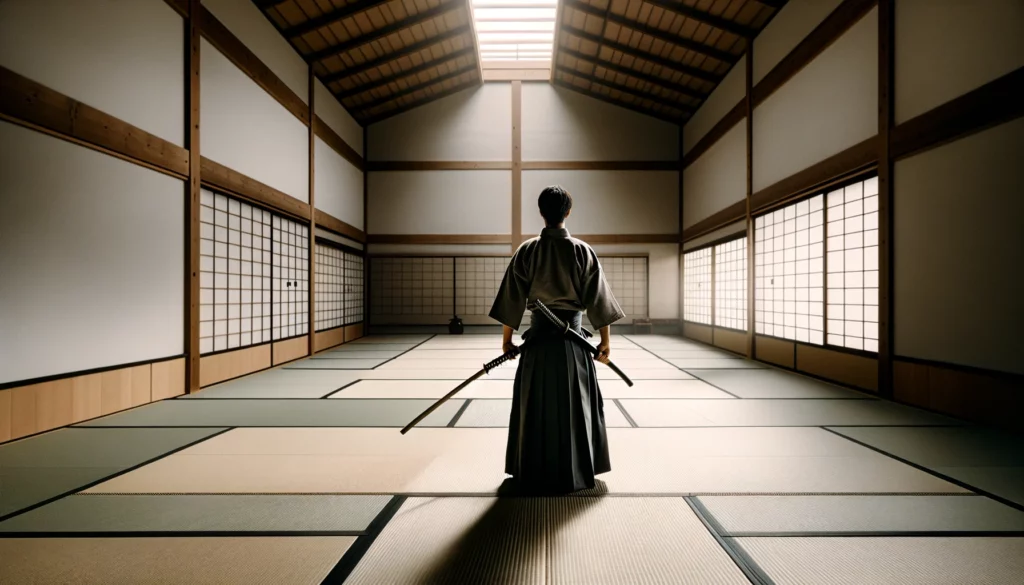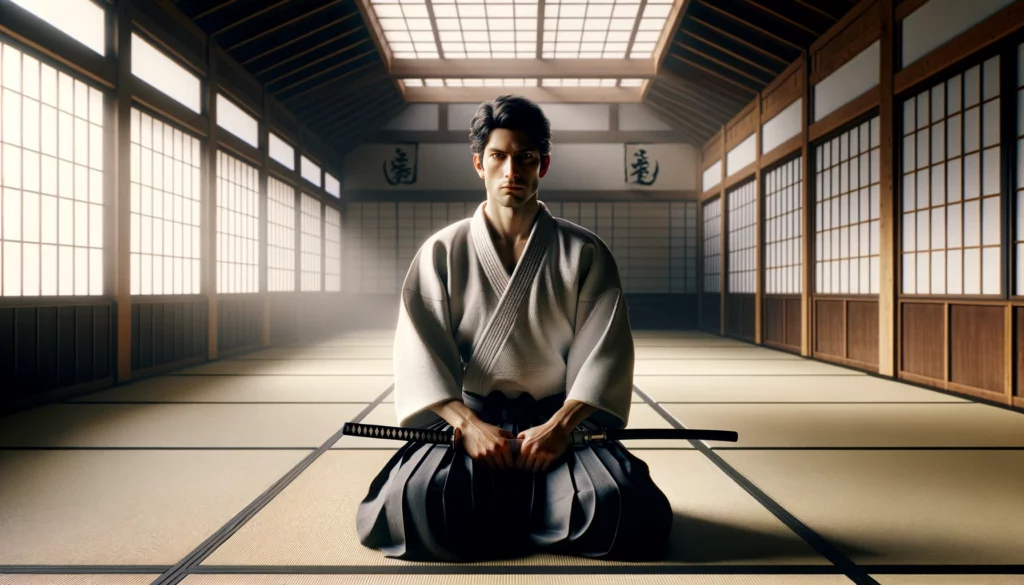

No Magical Formula Included
What does it mean to improve? When do we meliorate, or to put it better, when do we get good? In our world, it seems simple enough to answer this question. After all, we have exams and belts of different grades and colors that certify our degree of learning. But is this enough? I don’t believe it, especially in the practice of iaido. Let me explain better: iaido is a discipline that is practiced alone. This is also its great charm, but also its limitation. The other martial arts need to be practiced with someone, otherwise, the students don’t progress and don’t understand the effectiveness of gestures and kata. This is particularly true in the practice of aikido, where the emphasis is placed on the union between tori and uke: without one the other would not exist. Just as it wouldn’t make sense to practice judo in solitary, even the katas that are practiced alone in karate would be an end in themselves if there wasn’t first a constant practice in pairs. It happens in kenjutsu, which we can define as putting into practice what we learn in iaido, but it doesn’t happen in iaido itself. The iaido practitioners, even when they are in the dojo, together with other students and their sensei who can correct them (provided they are not a teacher themself), are alone.
“If you only have a Japanese sword and the right clothing, training becomes easy. Also, a room of 6 tatami mats is sufficient. It is possible to train even without a training partner, at any time, when one is free from commitments, independently deciding the most appropriate moment. Even as little as 10 or 20 minutes a day you can practice at your leisure. Ono Kumao Sensei
Therefore practicing iaido is quite simple, we don’t need large spaces and can do it whenever we want or when we have time. It can also be practiced without picking up the katana: just visualizing the movements to be performed, and for some people, this is a form of meditation too. This is all great, but it doesn’t answer the original question. So what can we do? Unfortunately, there is no magical (or scientific) formula that allows us to resolve the issue easily.


“We realize we improve, when we become aware we’ve done something wrong.” Andrea Re Sensei
“Learn from your mistakes” according to the old saying, is that we have to realize it. Here is the “formula” that we should always keep in mind: when we are attentive, in a zanshin way we can say, and we realize that we are doing something wrong, it means that we also know what is right to do. It means that we have absorbed the lesson and can correct ourselves and improve. Awareness of what we are doing, attention, and continuous training on gestures and thoughts allow us to constantly improve, with due time and patience. Some unfortunately never seem to improve, despite the degrees and belts, for these people it is essential to follow the instructions slavishly and go on like this. It’s a path that I understand but that doesn’t belong to me. I prefer to improve in my personal life and on the tatami by making mistakes and being careful to correct myself along the way.
